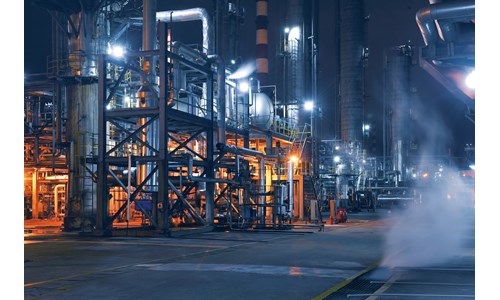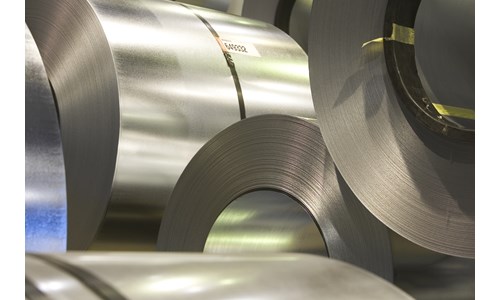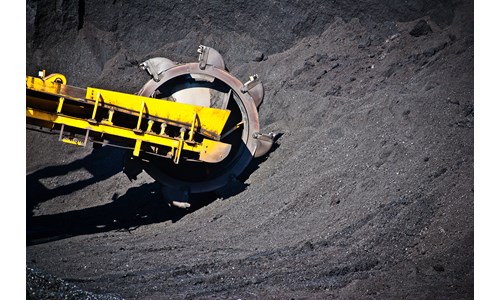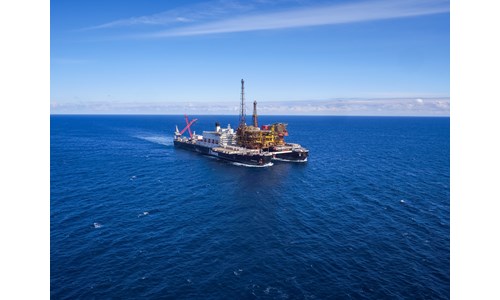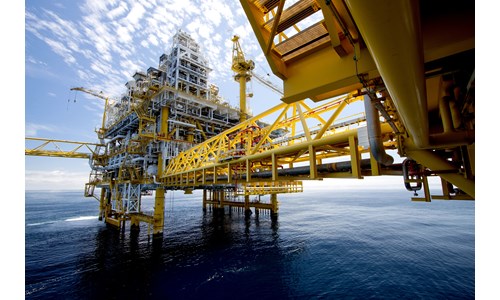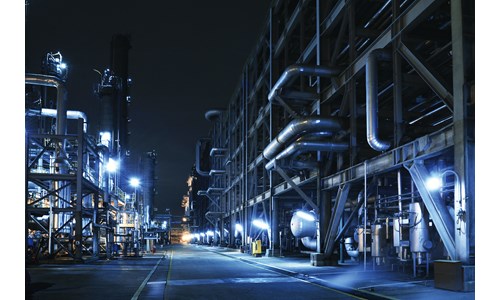Will coal-to-gas switching in Japan and South Korea finally become reality in a low oil price world?
*Please note that this report only includes an Excel data file if this is indicated in "What's included" below
Report summary
Table of contents
- Executive summary
-
Low oil prices will improve economic incentives for coal-to-gas switching
- Gas and LNG contract prices closely follow the oil price fall
- Coal prices also shift downwards but with a lag
-
What is the switching price and volume potential?
- Price: WACOG needs to fall towards US$5.5/mmbtu, which is expected in H2 2020
- Volume: 5.3-14.9 Mt downside risk for coal and 4.5-7.5 Mt upside potential for LNG in 2020
- Monthly impact based on Wood Mackenzie’s WACOG forecast and coal price scenarios
-
Other challenges remain which will limit switching opportunities
- Weaker coal power demand amid the coronavirus outbreak and South Korean curtailment polices
- Nuclear and coal curtailment measures in South Korea already curtail less efficient coal capacity
- LNG procurement patterns and storage options offer little cushion for the market in 2020
- Coal procurement flexibility improves, but Japan remains risk adverse in making short-run switching decisions
- Conclusion
-
Appendix
- Price Assumptions
- Full year switching impact under low WACOG price and coal price scenarios
Tables and charts
This report includes the following images and tables:
- Historical commodity prices (rebased to January 2016)
- Coal-to-gas switching economics (Japan and South Korea)
- Coal-fired power capacity distribution by efficiency
- Factors influencing coal-to-gas switching in Japan and South Korea
What's included
This report contains:






